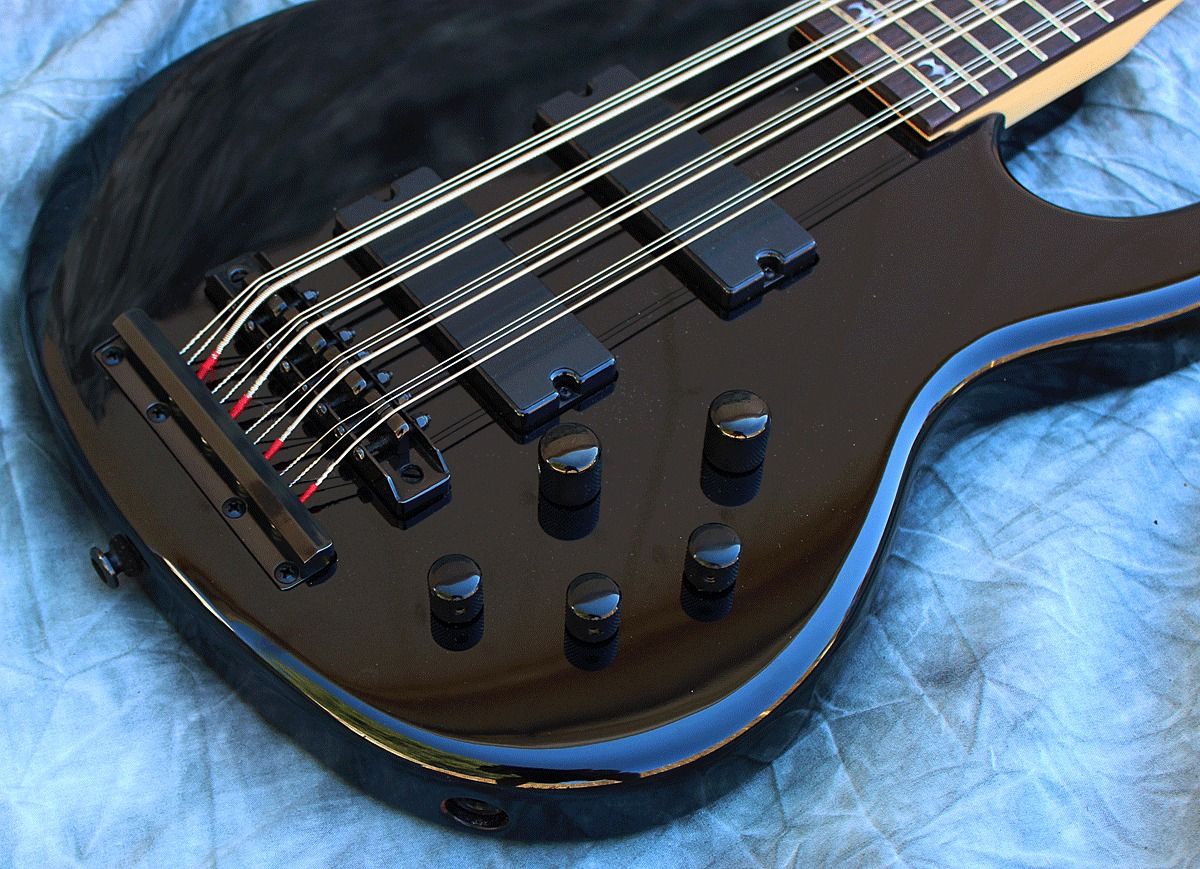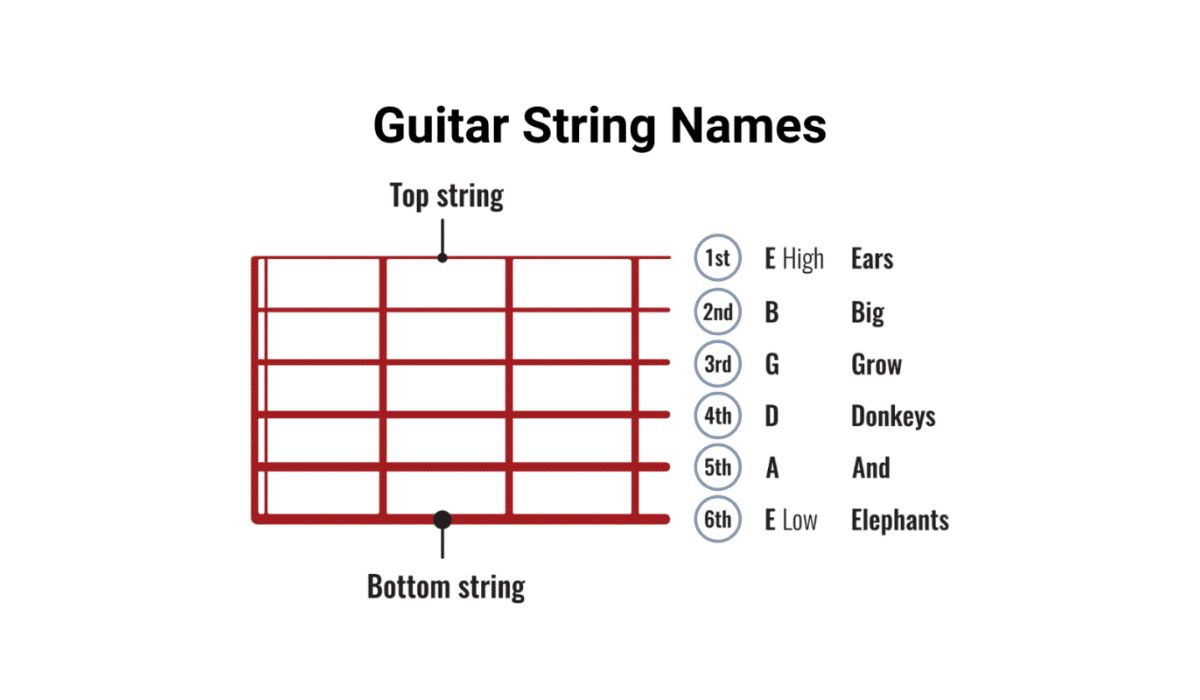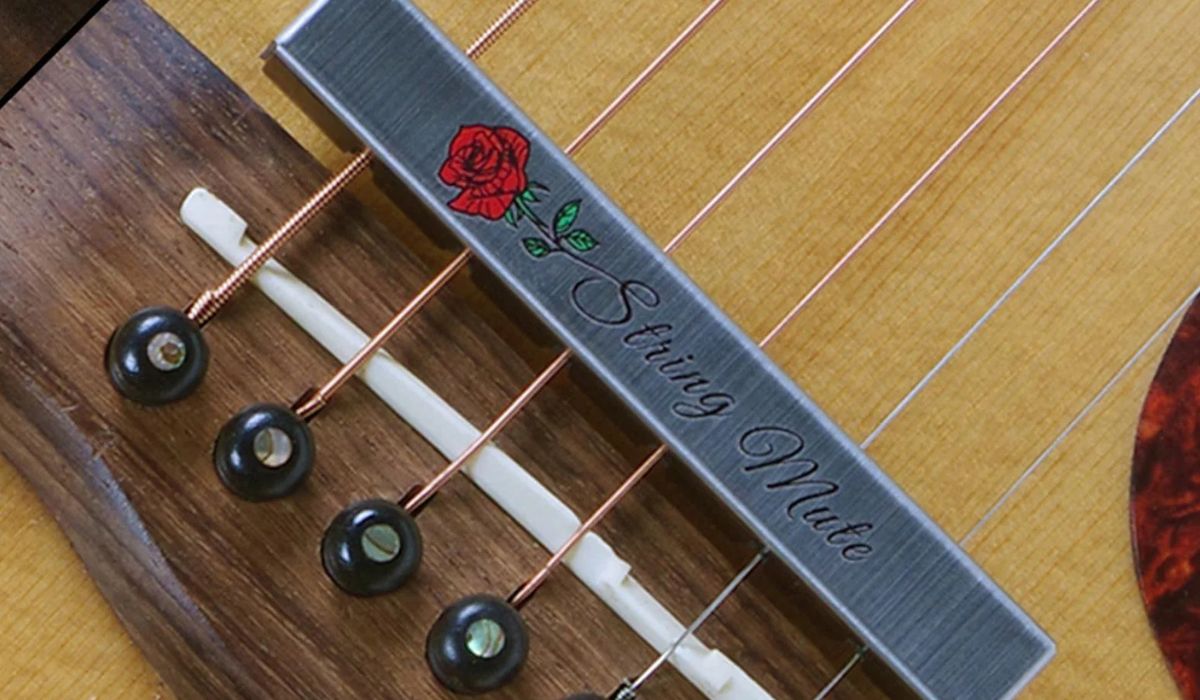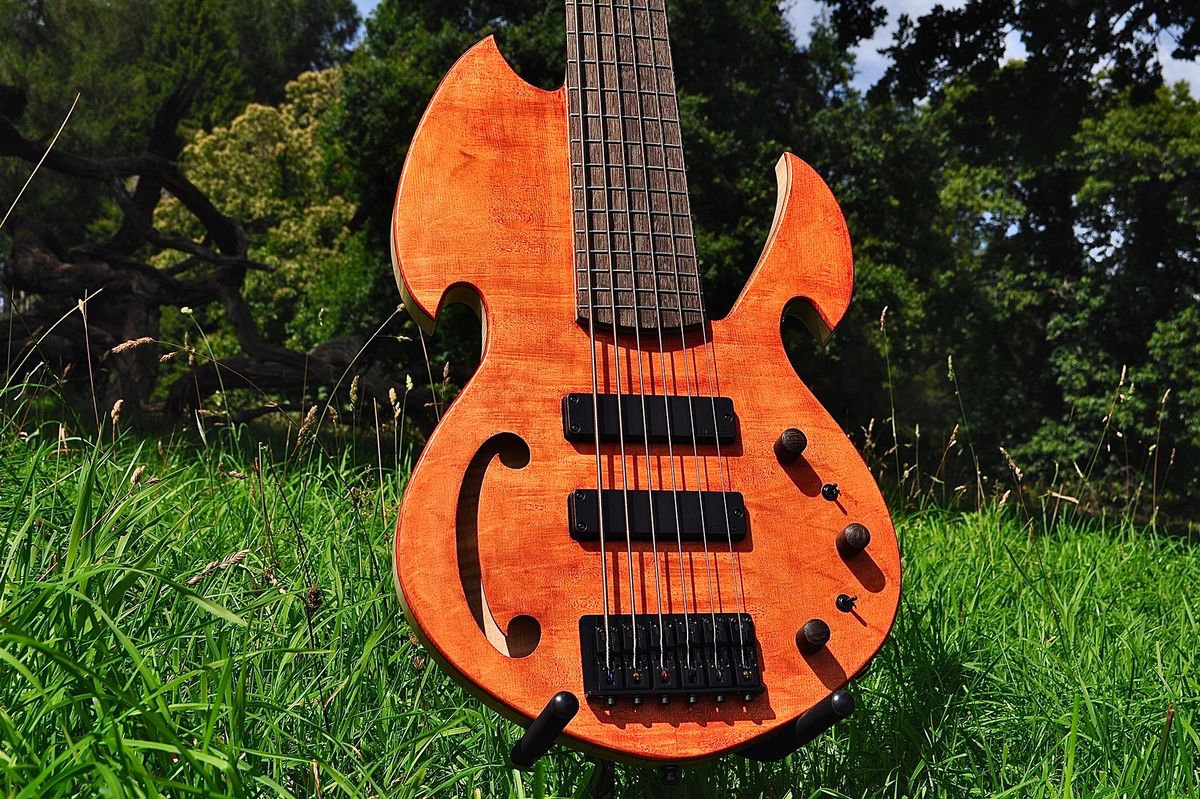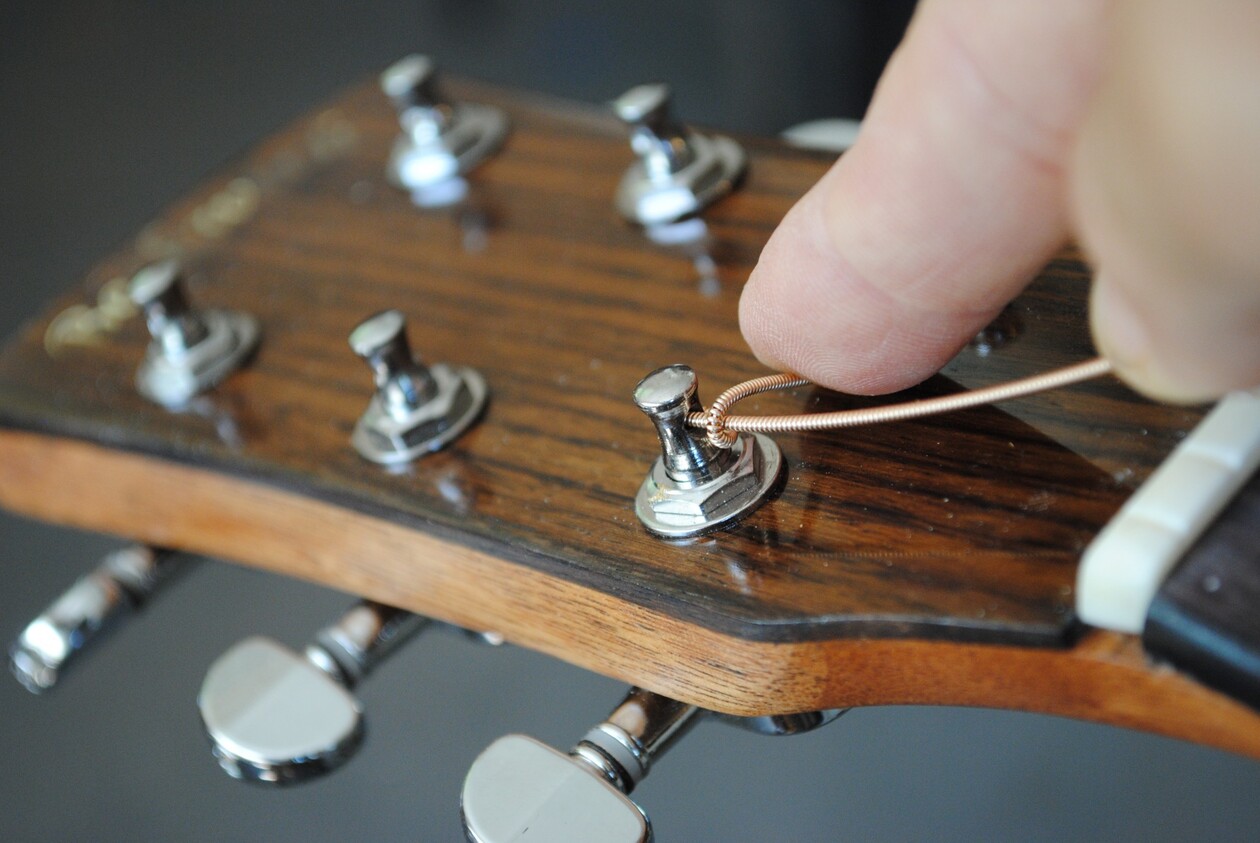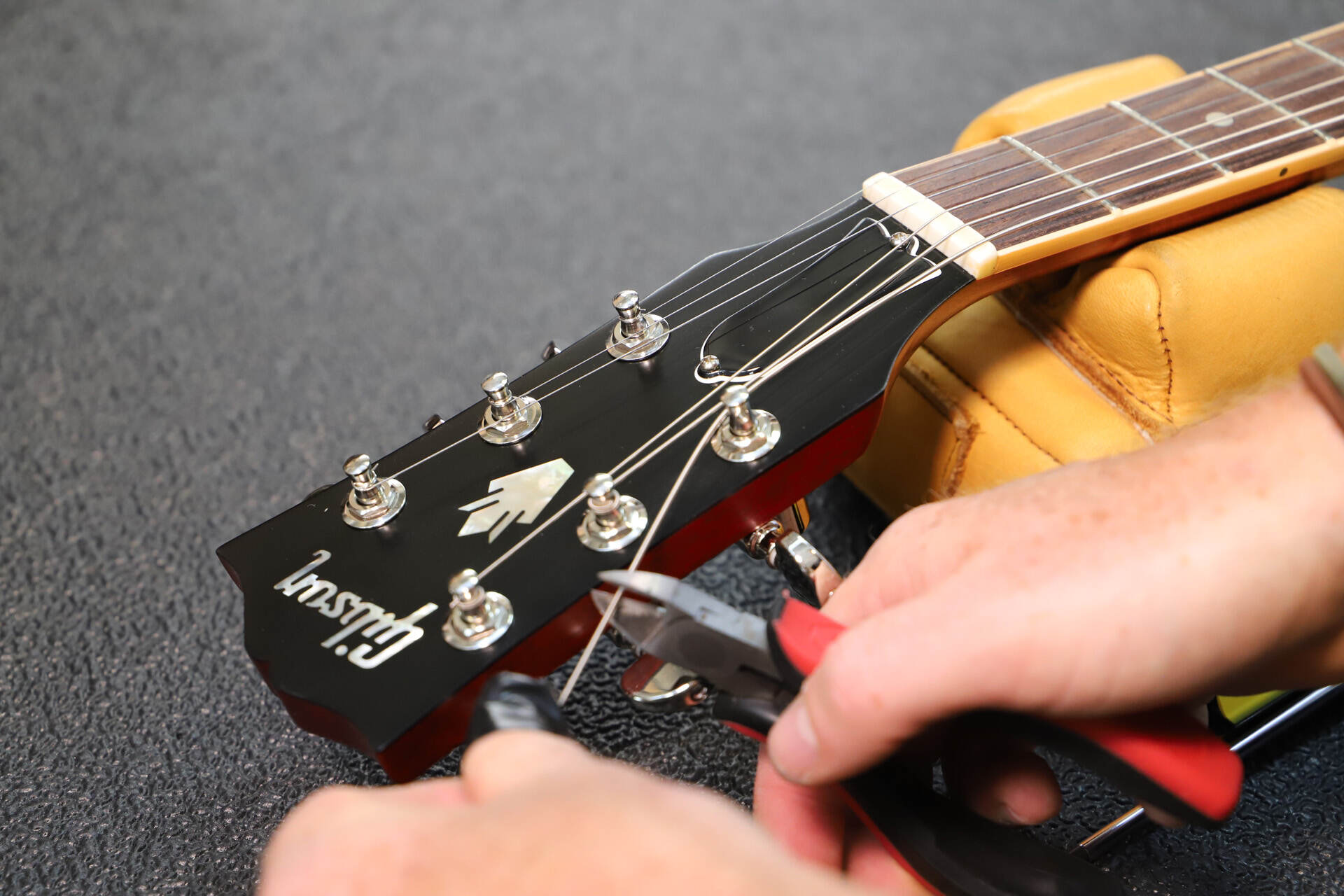Home>Instruments>Bass>How Many Strings On Bass Guitar
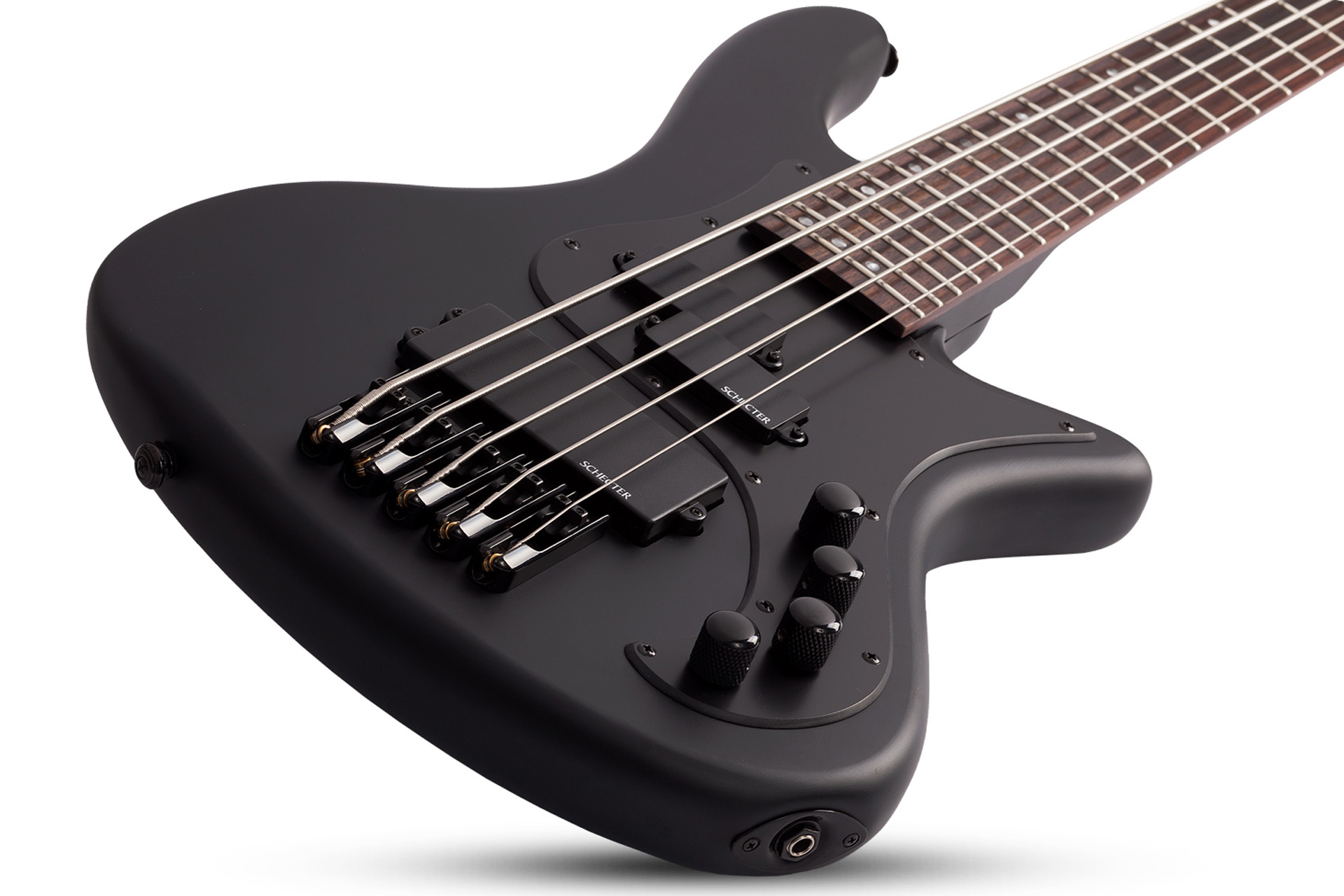

Bass
How Many Strings On Bass Guitar
Modified: January 22, 2024
Discover how many strings are typically found on a bass guitar and explore the versatility and depth of the bass instrument. Unleash your creativity with the rich tones and rhythmic possibilities of playing bass.
(Many of the links in this article redirect to a specific reviewed product. Your purchase of these products through affiliate links helps to generate commission for AudioLover.com, at no extra cost. Learn more)
Table of Contents
Introduction
The bass guitar is one of the most crucial instruments in a band, laying down the foundation and providing the low-end groove that drives the music forward. It has a distinctive sound and plays a vital role in shaping the overall feel and energy of a song. But have you ever wondered how many strings are on a bass guitar?
In this article, we will delve into the fascinating world of bass guitars and explore different string configurations. We will discuss the pros and cons of each option, explore popular string configurations, and provide guidance on choosing the right number of strings for your playing style and musical preferences.
Whether you’re a beginner looking to buy your first bass or an experienced player considering a new instrument, understanding the various string configurations will help you make an informed decision.
Before we dive into the different string options, let’s take a brief look at the history of the bass guitar and understand its role in the music industry.
Brief History of Bass Guitar
The bass guitar, as we know it today, has a relatively short but impactful history in the world of music. It originated in the 1950s as a result of the need for a dedicated instrument to handle the low-frequency range in bands and ensembles.
Prior to the bass guitar, the double bass, or upright bass, was the primary instrument used to provide the low-end foundation. However, the size and weight of the double bass made it difficult to transport and handle, especially in the emerging genre of rock and roll.
Enter Leo Fender, the legendary inventor who revolutionized the music industry with his electric guitar designs. In 1951, Fender introduced the Precision Bass, also known as the P Bass, which was the first commercially successful electric bass guitar. Its solid body, compact size, and fretted neck allowed for easier playability and increased versatility.
The popularity of the bass guitar quickly grew, as more and more musicians recognized its potential. Bass players, previously confined to the back of the stage, now found themselves stepping into the spotlight as integral members of the band.
Over the years, bass guitar design and technology have evolved, offering players a wide range of options and features. Today, you can find bass guitars with different body shapes, pickup configurations, and, most importantly, varying numbers of strings.
Now that we have a basic understanding of the history of the bass guitar, let’s take a closer look at its anatomy and the different components that make up this iconic instrument.
Anatomy of the Bass Guitar
Before we explore the number of strings on a bass guitar, let’s familiarize ourselves with the instrument’s anatomy. Understanding the different components will give us a better appreciation of how each element contributes to the overall sound and playability of the bass guitar.
The bass guitar consists of several key components:
- Body: The body is the main part of the bass guitar. It is typically made of wood, such as maple, mahogany, or alder, and comes in various shapes and designs. The body influences the overall tone and resonance of the instrument.
- Neck: The neck is the long, thin section that extends from the body. It usually has a fretboard made of wood, often rosewood or maple, and features frets that divide the neck into individual notes. The neck allows the player to change pitch by pressing down on the strings against the frets.
- Headstock: The headstock is located at the end of the neck and holds the tuning pegs, which are used to adjust the tension of the strings. Tuning the strings to the desired pitch ensures that the bass guitar produces accurate and in-tune notes.
- Pickups: Pickups are electromagnetic devices that capture the string vibrations and convert them into electrical signals. They are usually located near the neck or bridge of the bass guitar and play a significant role in shaping the tone and sound of the instrument.
- Bridge: The bridge is a component that anchors the strings to the body of the bass guitar. It helps transmit the vibrations of the strings to the pickups, contributing to the overall resonance and sustain of the instrument.
- Strings: The strings are the heart and soul of the bass guitar. They are typically made of metal, such as nickel or stainless steel, and are attached to the bridge at one end and the headstock at the other. When plucked or struck, the strings vibrate and produce sound.
- Controls: The bass guitar often has various controls, such as volume knobs, tone knobs, and pickup selectors. These controls allow the player to adjust the sound and achieve different tonal variations.
Now that we have familiarized ourselves with the anatomy of the bass guitar, let’s explore the number of strings commonly found on these instruments and how it affects their sound and playability.
Number of Strings on Bass Guitar
When it comes to the number of strings on a bass guitar, the standard configuration is four strings. These four strings are typically tuned to E-A-D-G, from low to high. This setup provides a versatile range of notes and is suitable for most musical genres.
However, bass guitars are not limited to only four strings. There are also bass guitars available with five, six, or even more strings. These additional strings expand the range of notes that can be played and offer more options for exploring different tonalities and musical styles.
The decision to choose the number of strings on a bass guitar depends on personal preference, playing style, and the musical genres you intend to explore.
Let’s take a closer look at the different configurations:
- Four-String Bass: As mentioned earlier, the four-string bass is the standard and most common configuration. It is suitable for beginners and experienced players alike and covers a wide range of musical styles, from rock and pop to jazz and funk.
- Five-String Bass: The five-string bass adds an additional low B string to the standard four-string configuration. This lower string extends the range of the instrument, allowing for deeper and more resonant bass notes. It is particularly popular in heavy metal, progressive rock, and jazz fusion genres.
- Six-String Bass: The six-string bass takes things a step further by adding both a low B string and a high C string to the standard four-string setup. This expanded range provides greater versatility and allows for more complex chord voicings and melodic playing. It is favored by bassists who incorporate extended-range techniques and play styles, such as tapping and chordal playing.
- Extended Range Basses: In addition to five and six-string basses, there are also bass guitars with even more strings, often referred to as extended-range basses. These instruments can have seven, eight, or more strings and are mainly used in genres like metal and progressive music, where the extra strings offer extended range and sonic possibilities.
It is important to note that as the number of strings increases, the physical dimensions of the bass guitar also tend to change. The neck becomes wider to accommodate the additional strings, which can have an impact on playability and comfort, especially for players with smaller hands.
Now that we have covered the different string configurations available for bass guitars, let’s consider the advantages and disadvantages of each option.
Pros and Cons of Different String Configurations
Each string configuration on a bass guitar has its own set of advantages and disadvantages. Understanding these pros and cons will help you make an informed decision when choosing the right number of strings for your playing style and musical preferences.
Let’s explore the pros and cons of different string configurations:
- Four-String Bass:
- Pros: The four-string bass is often favored for its simplicity and versatility. It is the standard configuration and is widely used in various musical genres. It offers a balance between playability and tonal range, making it suitable for both beginner and experienced players.
- Cons: The limited number of strings may restrict the range of notes and chords that can be played. Basslines requiring extended lower or higher notes may require alternative techniques such as playing higher up the neck or employing octave pedals.
- Five-String Bass:
- Pros: The addition of a low B string provides a deeper and more resonant low end, expanding the tonal capabilities of the instrument. It offers enhanced basslines and allows for a wider range of playing options without the need for alternative techniques.
- Cons: The wider neck and additional string may take some time to get used to, especially for players with smaller hands or those accustomed to playing four-string bass. It may also require adjustments to playing technique and fingering patterns.
- Six-String Bass:
- Pros: The six-string bass offers even greater range and versatility. The added high C string allows for extended upper range notes and chords, making it suitable for players who want to delve deeper into melodic playing and chordal approaches.
- Cons: The wider neck and two additional strings can be more challenging to handle, especially for players with limited experience or smaller hands. It may require adjustments to playing technique and poses a learning curve for adapting to the additional string range.
- Extended Range Basses (7+ Strings):
- Pros: Extended-range basses offer the broadest tonal range and musical possibilities. They provide even more extended low and high notes, ideal for genres that require complex harmonies, chords, and intricate bass lines.
- Cons: Extended-range basses tend to have wider necks and can be physically demanding to play. They may also require specialized techniques and understanding of extended-range bass playing concepts.
Choosing the right string configuration ultimately depends on your personal playing style, musical goals, and the genres you intend to explore. It is recommended to consider testing out different options to determine the best fit for your individual preference.
Now that we have examined the pros and cons of different string configurations, let’s explore some popular bass guitar string configurations in the next section.
Popular Bass Guitar String Configurations
When it comes to popular bass guitar string configurations, there are a few options that have gained significant popularity among bassists. These configurations offer different tonal characteristics and suit various musical styles. Let’s take a closer look at some of the most common ones:
- Standard 4-String Bass (E-A-D-G): The standard four-string configuration is the go-to choice for most bassists. It provides a balanced range of notes, allowing for versatile playing across genres like rock, pop, funk, and jazz. With the lower E string and higher G string, this configuration covers the essential low-end frequencies and melodic possibilities.
- 5-String Bass (B-E-A-D-G): The addition of a fifth string, typically tuned to low B, expands the tonal range of the bass guitar. This configuration is popular in genres like metal, progressive rock, and jazz fusion, where the extended low end adds depth and heaviness to the basslines without the need for alternate playing techniques.
- 6-String Bass (B-E-A-D-G-C): The six-string bass takes the tonal range a step further by adding a higher C string to the standard four-string setup. This configuration allows for more intricate chord voicings, melodic playing, and extended range capabilities. It is commonly used in genres like jazz, fusion, and progressive music.
- Extended Range Basses (7+ Strings): Bass guitars with seven or more strings are popular in genres that require extended range and versatility. These configurations usually feature additional lower strings for extended low-range capabilities, as well as higher strings for melodic exploration. Extended range basses are commonly found in progressive metal, djent, and experimental music.
It is important to note that these are just a few examples of popular string configurations, and there are numerous variations available to suit individual preferences. Some bassists also experiment with unconventional string configurations, such as detuning, adding higher strings, or using non-standard intervals, for unique tonal possibilities and creative expression.
Now that we have explored popular bass guitar string configurations, let’s move on to the next section to discuss how to choose the right number of strings for your playing style.
Choosing the Right Number of Strings for You
When it comes to choosing the right number of strings for your bass guitar, there are several factors to consider. Your playing style, musical genre, comfort, and personal preferences all play a role in determining the ideal string configuration for you. Here are some tips to help guide your decision:
- Consider your musical genre: Different genres have different requirements when it comes to bass playing. If you primarily play rock, pop, or funk, a standard four-string bass should suffice. If you lean towards genres like metal, jazz fusion, or progressive rock that require extended range and lower notes, you may prefer a five or six-string bass.
- Assess your playing style: Think about the techniques and playing styles you commonly use. If you rely heavily on basslines and want a versatile instrument for various musical genres, a four-string bass should meet your needs. If you enjoy exploring extended range playing techniques, harmonies, and chords, a five or six-string bass might be more appropriate.
- Consider comfort and physicality: The number of strings affects the size and weight of the bass guitar, as well as the width of the neck. If you have smaller hands or find wider necks uncomfortable, a four-string bass might be more suitable. However, if you feel comfortable with wider necks and enjoy the extended range, a five or six-string bass can provide greater tonal flexibility.
- Try before you buy: If possible, try out bass guitars with different string configurations before making a decision. Visit a music store and spend time playing different instruments to get a feel for the neck, string spacing, and overall playability. This hands-on experience will help you determine which number of strings feels most natural and inspiring to you.
- Consider your musical aspirations: Think about your long-term musical goals. If you aspire to play a specific genre or emulate the style of certain bassists, researching their preferred string configurations can provide valuable insights and guidance in your decision-making process.
Remember, there is no right or wrong answer when it comes to choosing the number of strings on your bass guitar. It ultimately boils down to personal preference and what feels most comfortable and inspiring to you as a player.
Lastly, keep in mind that you can always experiment and evolve your preferences over time. As your skills and musical interests develop, you may find yourself drawn to different string configurations or even exploring alternative instruments like fretless basses or extended-range basses.
Ultimately, the goal is to find a bass guitar that resonates with you both physically and musically, empowering you to create and express yourself with confidence and joy.
Now that we have covered the considerations for choosing the right number of strings, let’s summarize our findings in the concluding section.
Conclusion
Exploring the number of strings on a bass guitar showcases the versatility and possibilities that this instrument offers. While the standard four-string configuration is the most common and versatile choice, there are various string configurations available to cater to different musical styles and player preferences.
The bass guitar has come a long way since its inception in the 1950s, thanks to innovators like Leo Fender. Today, bassists have the option to choose from four, five, six, or even more strings, each configuration offering its own set of advantages and considerations.
When deciding on the right number of strings for your bass guitar, it is crucial to consider factors such as musical genre, playing style, comfort, and long-term goals. Ultimately, it is a personal choice that should align with your musical aspirations and preferences.
Remember to try out different instruments and configurations before making a decision. Test the playability, feel the tonal characteristics, and consider how comfortable you are with the neck width and string spacing. This hands-on experience will guide you towards the bass guitar that resonates with you the most.
Whether you choose a four-string, five-string, six-string, or an extended-range bass, embrace the instrument that inspires you to create and express your musical voice. The number of strings is just one aspect of the bass guitar; it is the player who brings life and soul to the music.
So, grab your bass guitar, experiment with different string configurations, and unlock the boundless possibilities that await. Whether you’re laying down a solid groove in a rock band, exploring intricate melodies in a jazz ensemble, or pushing the boundaries of musical exploration, the bass guitar will be a faithful companion on your musical journey.

